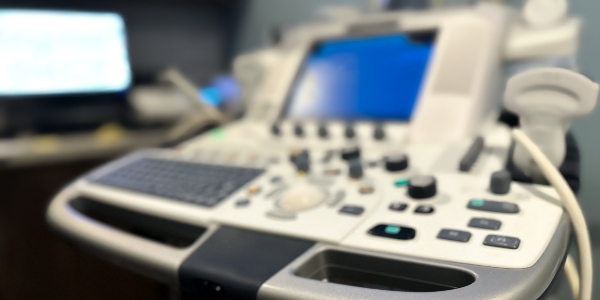
Cervical lymphadenopathy is a common finding in children, and ultrasound is a valuable tool for assessing the size, shape, and echogenicity of enlarged lymph nodes.
The sonographic features of paediatric cervical lymphadenopathy can help to distinguish between benign and malignant causes, and can also be used to monitor the response to treatment.
Six Key Points
- The most common cause of paediatric cervical lymphadenopathy is infection.
- Malignant causes of cervical lymphadenopathy are rare in children, but they should be considered in any child with persistent or enlarging lymph nodes.
- Ultrasound can be used to assess the size, shape, and echogenicity of enlarged lymph nodes.
- Benign lymph nodes are typically round or oval, with a central echogenic hilum.
- Malignant lymph nodes are often irregular in shape, with a loss of the central echogenic hilum.
- Ultrasound can also be used to assess the perinodal tissues, which may be involved in inflammatory or malignant processes.
Reflection Prompts:
- What are the clinical features that would prompt a referral of a child with cervical lymphadenopathy for ultrasound?
- What are the sonographic features that would suggest a benign or malignant cause of cervical lymphadenopathy?
- How can ultrasound be used to monitor the response to treatment in children with cervical lymphadenopathy?
- What are the limitations of ultrasound in the assessment of paediatric cervical lymphadenopathy?
- What other imaging modalities may be useful in the assessment of paediatric cervical lymphadenopathy?
Further Reading:
- Ahuja, A. and Ying, M.(2005) Sonographic evaluation of cervical lymph nodes. American Journal of Roentgenology. 184 (5): 1691-1699. http://doi.org/10.2214/ajr.184.5.01841691
- Ludwig, B, Wang, J. Nadgir, R. et al (2012) Ultrasound of cervical lymphadenopathy in children and young adults. American Journal of Roentgenology. 199 (5): 1105-1113. https://doi.org/10.2214/AJR.12.8629
(Pic: Getty Images/ Catherine McQueen)
